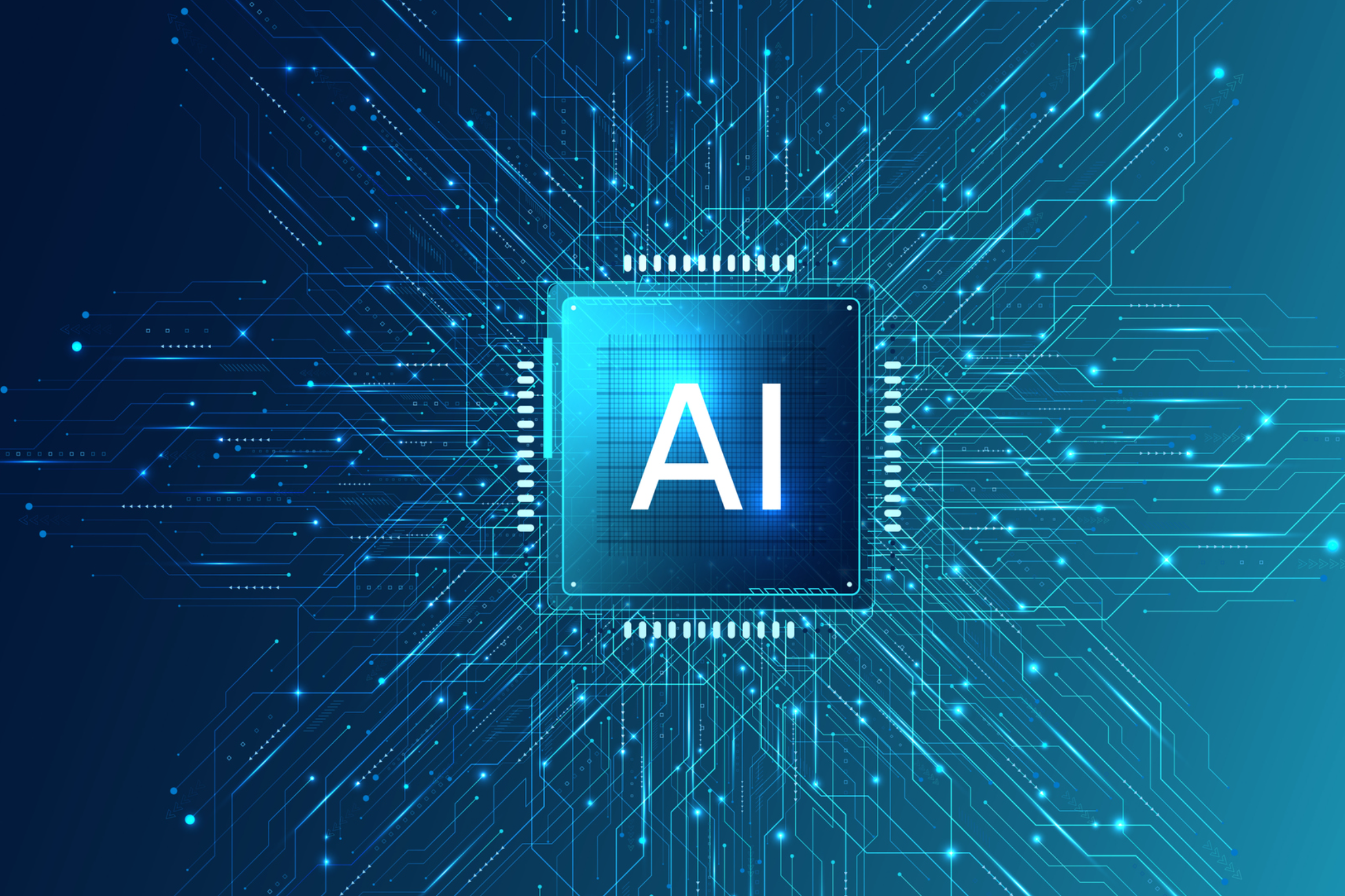Applications of Artificial Intelligence (AI) in Agriculture
The traditional methods of farming are facing challenges due to climate change, resource depletion, and population growth. To address these challenges, farmers and researchers are increasingly turning to technology to optimize crop yield and productivity. One of the most promising technologies in this regard is artificial intelligence (AI) and machine learning. There are several ways in which AI is transforming agriculture and optimizing crop yield. Some of them are discussed below:
Crop Monitoring and Predictive Analytics
One of the key applications of AI in agriculture is crop monitoring and predictive analytics. Farmers can use AI-powered drones and sensors to collect data on crop health, soil moisture, and other environmental factors. This data is then fed into machine learning algorithms to identify patterns and make predictions about future crop yields.
- For example, a startup called Taranis is using AI to analyse satellite imagery and predict crop diseases before they occur. The system can identify the early signs of disease and alert farmers to take action before the disease spreads and causes significant damage to the crop.
- Similarly, a company called Climate Corporation is using machine learning algorithms to help farmers optimize their planting strategies. The system analyses weather data, soil moisture levels, and other factors to recommend the best time and location for planting crops.
Precision Farming
Another application of AI in agriculture is precision farming. Precision farming involves using data and analytics to optimize crop yields while minimizing waste and resource usage. AI-powered systems can analyse data on soil quality, moisture levels, and weather patterns to make precise recommendations on fertilization, irrigation, and pest control.
- For example, John Deere has developed an AI-powered system called See and Spray that uses computer vision and machine learning to identify weeds and spray them with herbicides. The system can identify specific weeds and apply the herbicide only where it is needed, reducing the amount of herbicide used and minimizing environmental impact.
- Similarly, a company called Blue River Technology has developed an AI-powered system called “See and Spray” for cotton farming, which helps to reduce herbicide usage and increase cotton yield.
Autonomous Farming
Autonomous farming is another promising application of AI in agriculture. Autonomous farming involves using robots and drones to perform tasks such as planting, harvesting, and monitoring crops. These robots and drones can operate autonomously using AI-powered algorithms, freeing up farmers to focus on other tasks.
- For example, a company called FarmWise has developed an autonomous weeding robot that uses computer vision and machine learning to identify and remove weeds. The robot can navigate between rows of crops and remove weeds with precision, reducing the need for herbicides and manual labor.
- Similarly, a company called Iron Ox has developed an autonomous indoor farming system that uses robots to plant, harvest, and monitor crops. The system can operate 24/7 and optimize crop yields by adjusting lighting, temperature, and other environmental factors.
AI and machine learning are transforming agriculture by affecting entire cycle of farming and including new techniques such as crop monitoring and predictive analytics to precision farming and autonomous farming. As the technology continues to advance, we can expect to see even more innovative solutions that will help to feed the world’s growing population and protect the environment.


